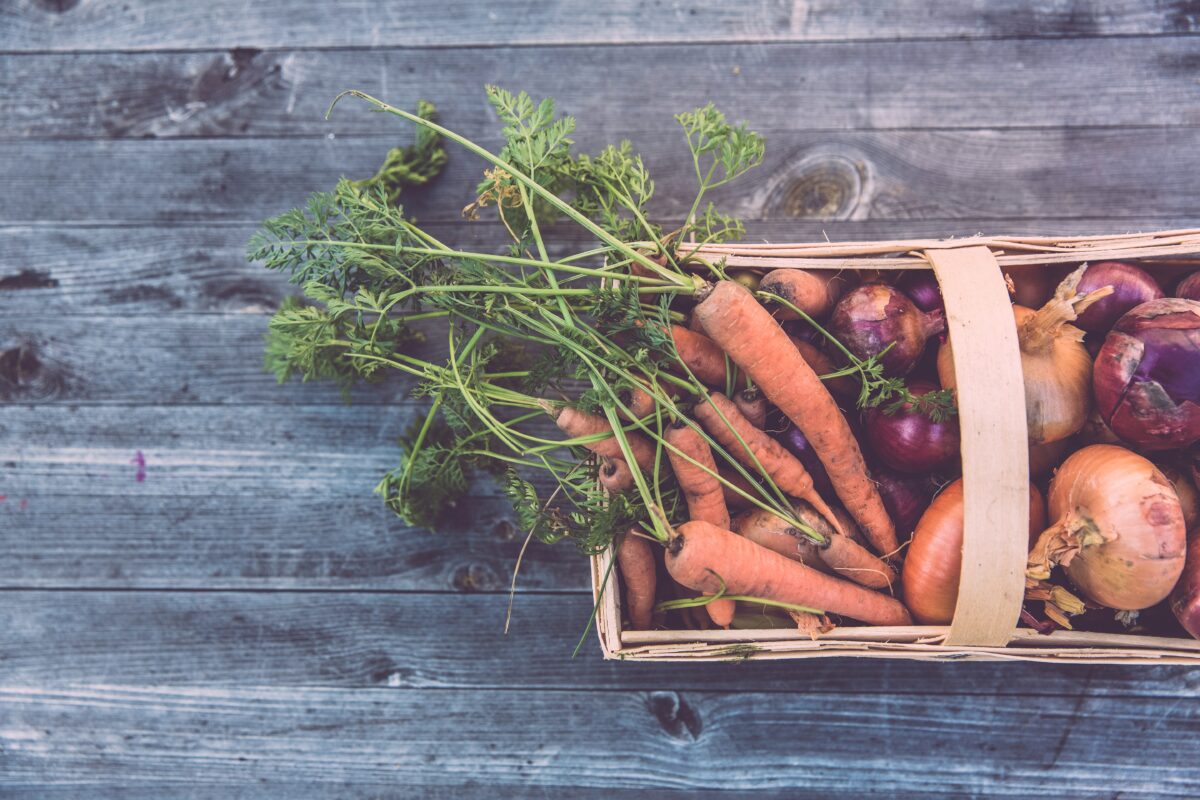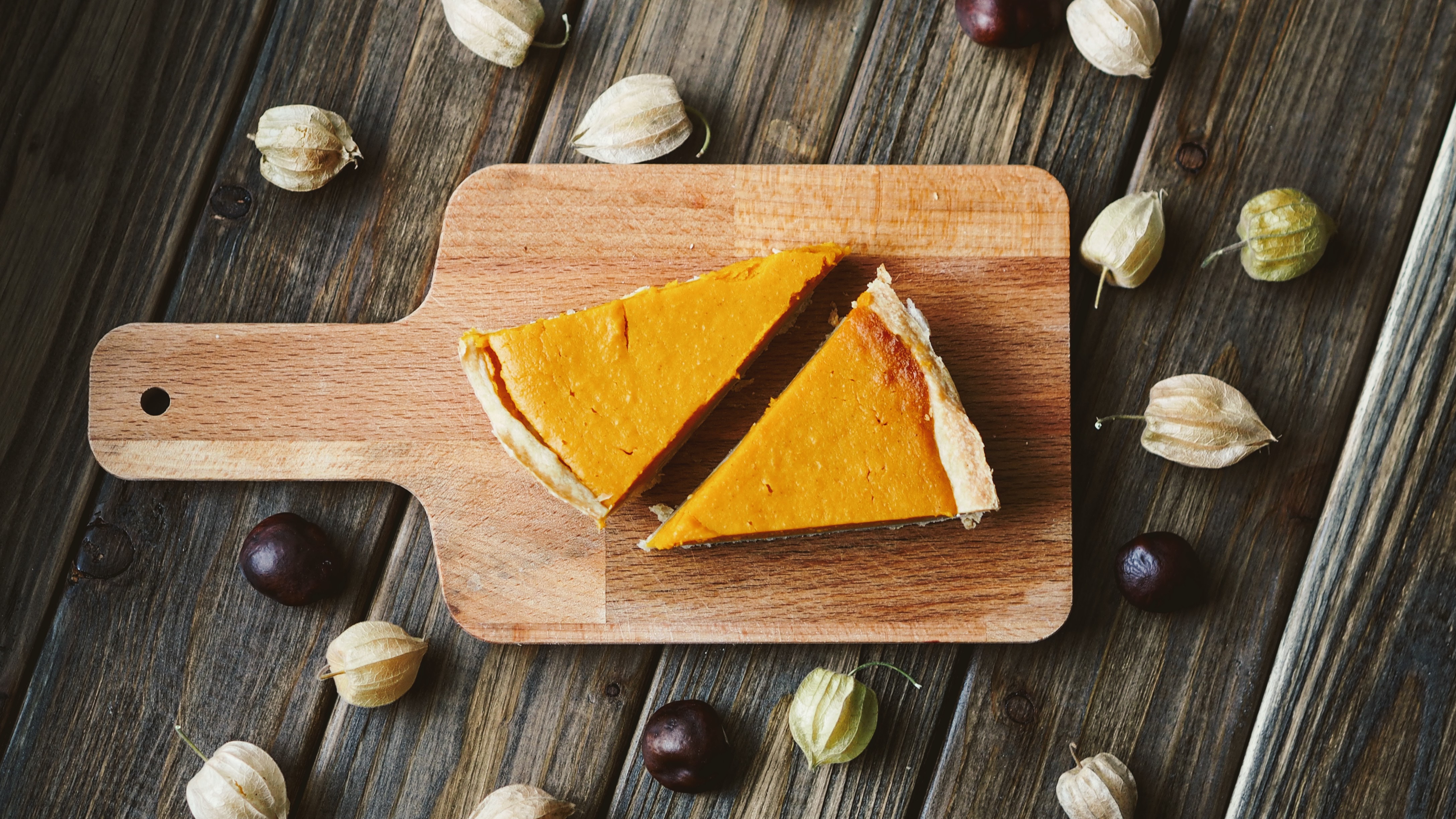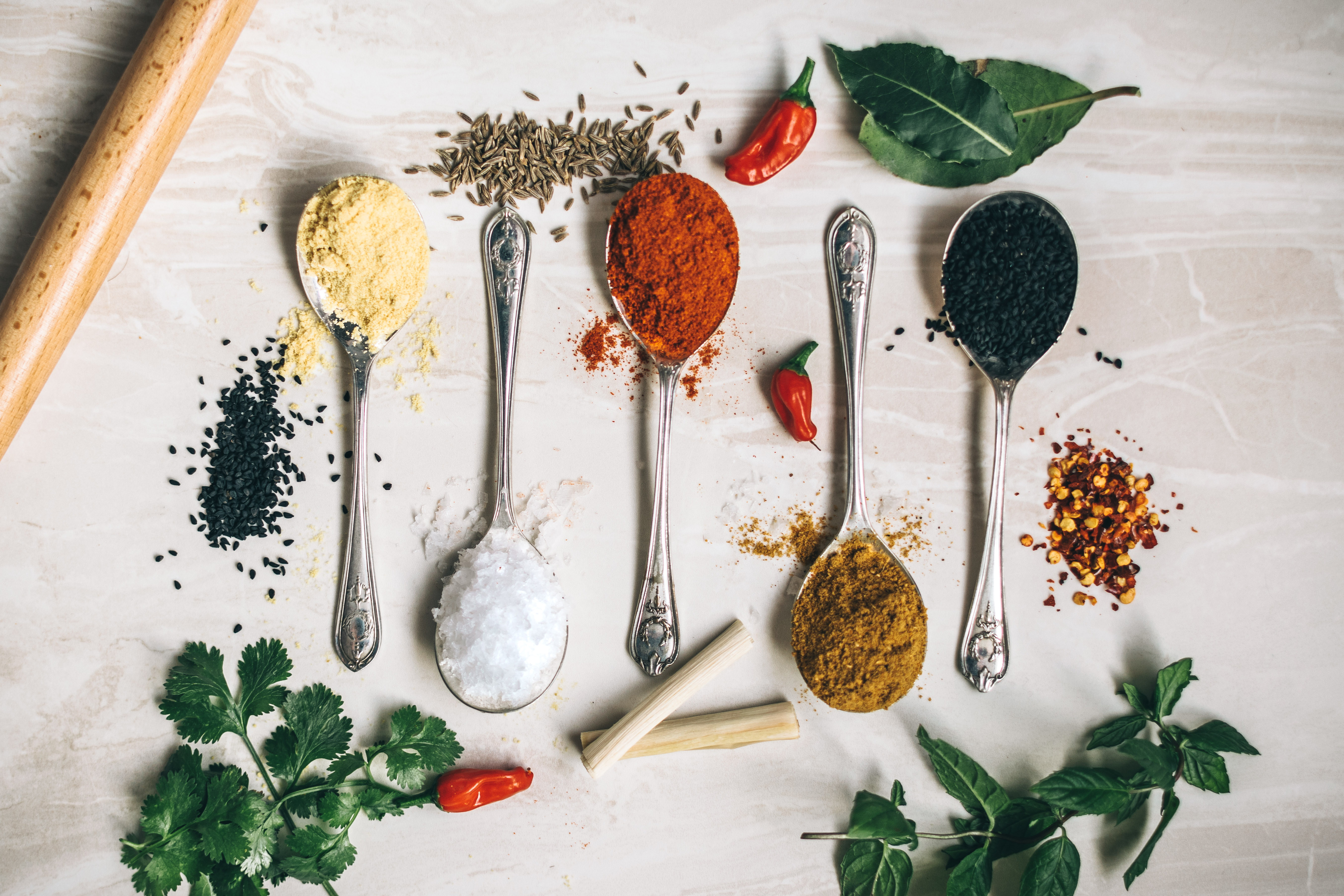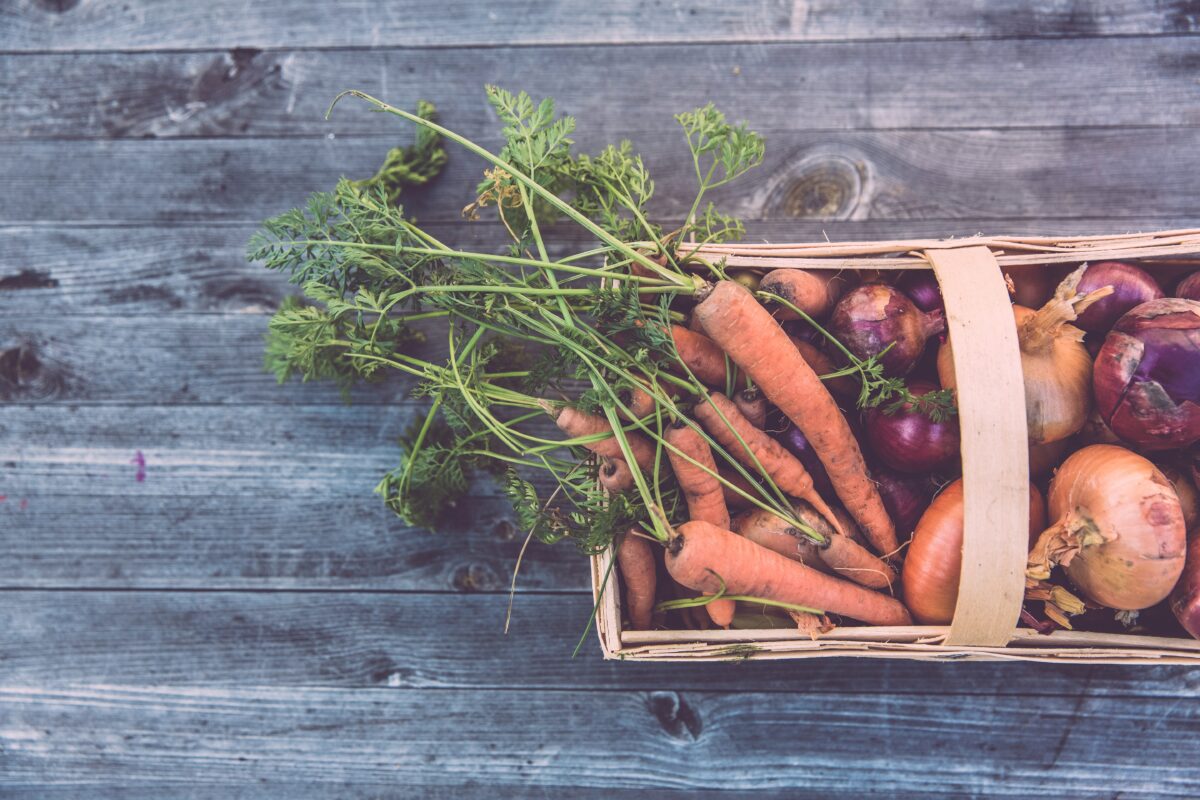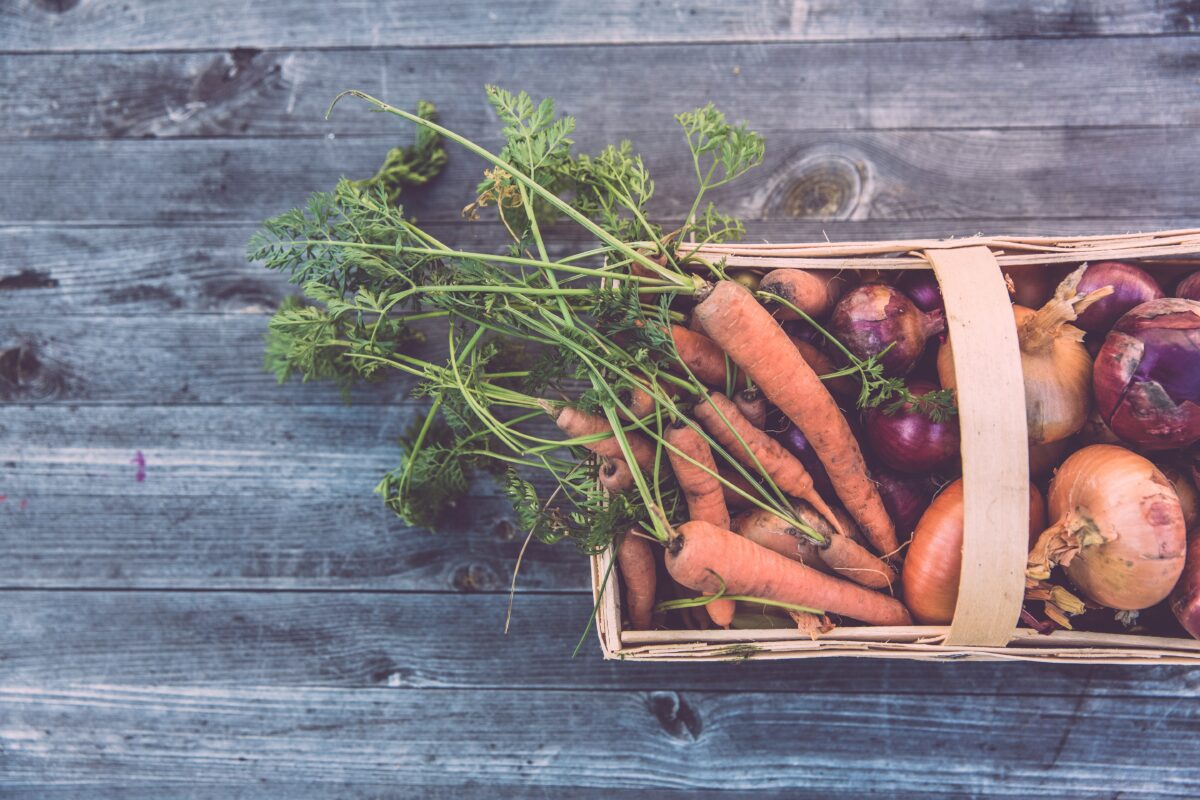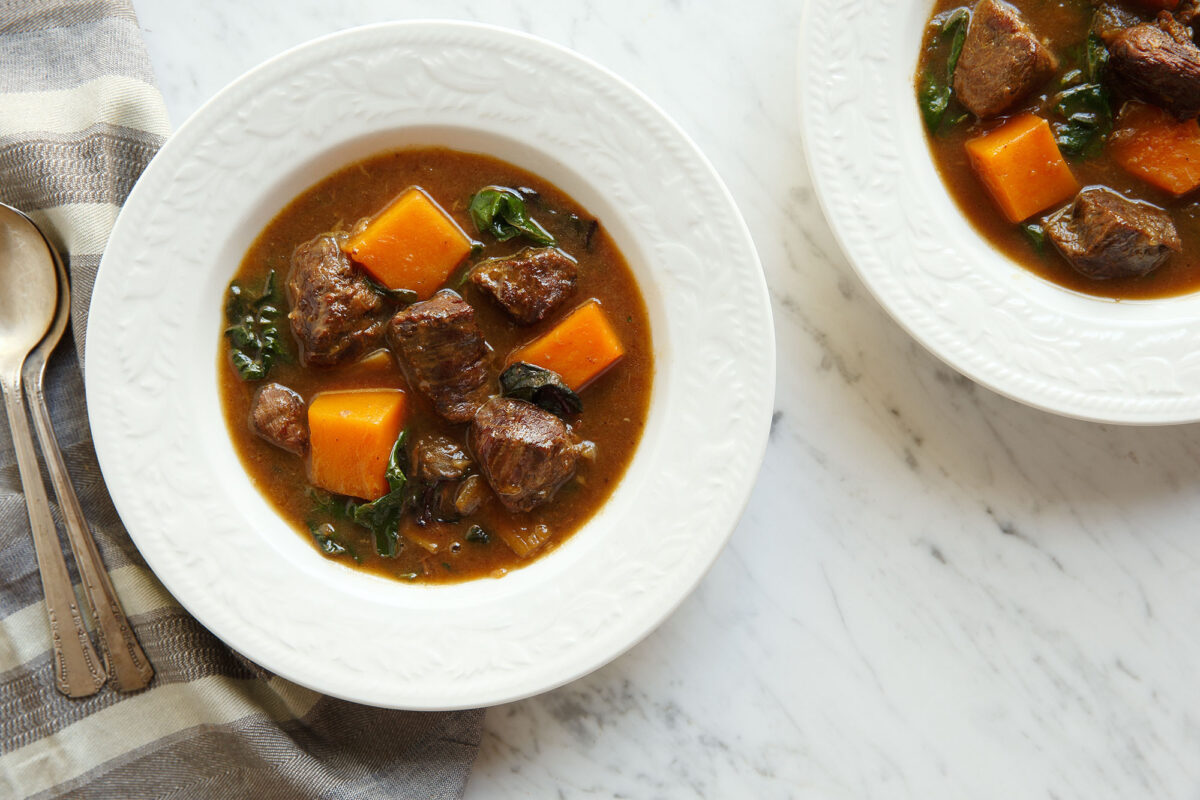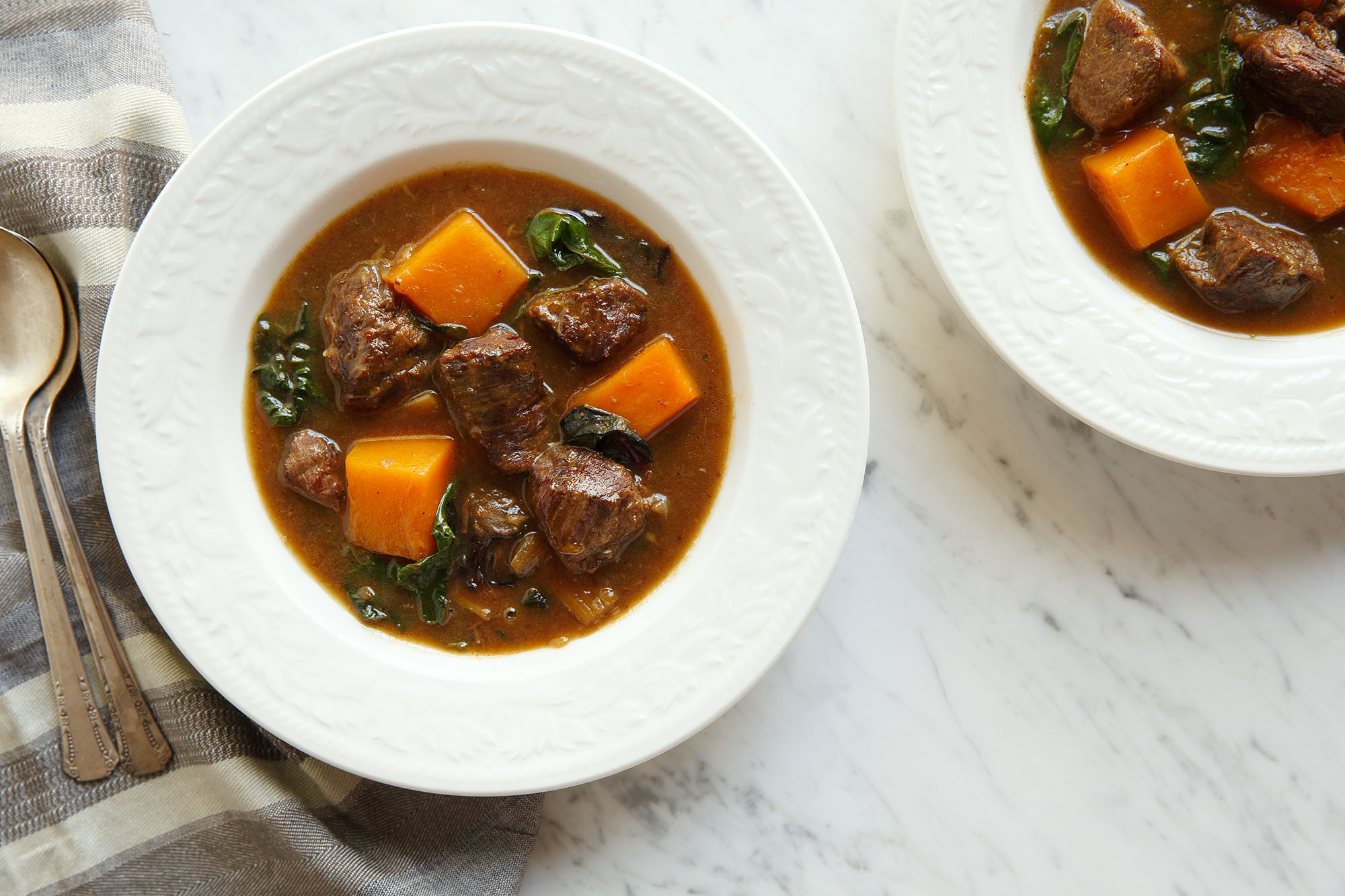
The Food Channel, in conjunction with our sister insights company, WHYSDOM, has been reporting on food trends for more than 30 years. In spite of the many, many changes seen in 2020—or, perhaps, because of them—it seem important to keep publishing them and looking forward to what’s to come.
First, a quick review of the 2020 trends. We couldn’t foresee the pandemic, but we did call out the need for operators and consumers alike to be ready to adapt to new technology, the rise of data, and the need to address foodwaste and sustainability. We said customer innovation and customer service would be front and center, and we even said this: “We believe 2020 will be spent reaching an understanding of how to work well with others.”
Well, 2020 has certainly been a year of adaptation, and we’ve learned more about all of those things: tech, data, foodwaste, sustainability…and add in supply chain, use of tech for communications and education, health tracking, and more. While our “understanding of how to work well with others” may be “through Zoom,” there has definitely been a focus on interpersonal relationships and how to develop them without physical presence.
So, what are the top ten things we’re thinking about for 2021?
Continuing to adapt to a COVID world, with more knowledge about immunity, healthy patterns, and how germs are spread. From a food standpoint, this includes absorbing a lot of innovation in how foods are delivered, with a new way to look at farm-to-table from a safety standpoint all the way to curbside/drive-thru/outdoor dining. Restaurant redesign is front and center, to allow for physical distancing and yet still find a profit margin.
Sidewalk/outdoor seating design is under review, knowing that cities may not be able to permanently give up parking spots to accommodate fresh air dining—and that it doesn’t always work in cold weather. QSRs are adding drive thrus and drive thrus are adding walk-ups and everyone’s experience looks a little different. We’ll sort out the good ideas from the placeholders and see what sticks.
In the meantime, employee care has become a problem for everyone, as customers learn to generously tip and employees cross-train to stay employed. Much more to come in 2021.
Social connection through food. We’re spending a lot of time right now thinking about how to reinvent the holidays. Virtual hugs and virtual food aren’t quite the same, but at least this is one year it might be easy to turn down the fractured family feasts. While the holidays are a focus in figuring out virtual connections, groups such as Lasagna Love (https://www.lasagnalove.org/) have turned an idea into a community rallying point.
This now-nationwide effort started with one person making and delivering lasagna to people in her neighborhood who needed help during the pandemic. Now, it’s “a simple act of love and kindness during a time full of uncertainty and stress.” They aren’t the only ones. Commander’s Palace is hosting virtual parties, with the option to have food delivered in advance so you can eat along with the host. Innovation is popping up all over to help people keep connected.
Minimalism in food. This is another nationwide movement—this time about reducing ownership, living with less, and simplifying your home and life. Those ideas have moved over from design into food, at least for a growing number of people. There are, of course extremes—COVID made some people concerned enough about supply chain issues that they’ve begun stockpiling meat, in particular and, yes, toilet paper. But, overall, there seems to be an attitude of making life simpler and rolling with what’s available.
After all, we didn’t starve during lockdowns, and, in fact, restaurants developed pantry programs and sold to the consumer straight out of their wholesale-stocked freezers. Just as more people figured out cooking at home, they realized the savings in planning a menu, using up leftovers, and buying what you need. You may not have literally Marie Kondo’d your kitchen or your freezer space, but in the year to come we expect to see more organization and planning instead of more hoarding.
Continued growth in plant-based and beneficial foods. A pandemic didn’t remove peoples’ interest in lifestyle diets, and even when some food items were in short supply plant-based rose to the challenge and continued to be an available menu choice. While the issue of chemical-versus-fresh ingredients is still smoldering, people have a new desire to look at the best way to feed the world even when conditions are less than ideal. This doesn’t mean an embrace of chemicals—it means finding balance and ensuring that farming has the support it needs to be sustainable.
CBD and other additives are still a thing, too. We called CBD out separately in late 2019, and it’s no longer a shock to the food world to see it show up on a menu.
Defining and identifying local. This has been a discussion for years, but it’s another one of those things that moved to the front thanks to the pandemic. A repeated question is: Am I supporting local if I eat at a locally-owned franchise, or only if it’s a true mom and pop? People have been in a true quandary during 2020, confused over whether to do takeout from a franchise (complete with its incentives, smart app, and uniform safety procedures) versus supporting their neighborhood restaurant. That’s where you are more likely to have to call in the order to a busy person, where you have to have blind faith in their cleaning protocols, and where you don’t rack up points in the system or get coupons because, after all, that would eat up any possible profits. And, yet, it’s truly local.
Then, of course, chains have begun investing in local events, supporting local charities, and basically redefining local. Talk of the Town Restaurant Group, for example, did a whole push to support local charities through its 1st Annual Golf Tournament. So, is 2021 the year we sort it out and decide that, as in politics, at some point it’s all local?
More data. Yes, more. We called this out in 2019 for 2020, and it was true—until, suddenly, demographic data lost its meaning as everyone sheltered-in-place and didn’t make any sudden moves. Post-pandemic, we think food companies will rely on more diverse data than ever, as they seek to compare what worked before against what may work afterwards. They’ll be working hard to attract people back in to the store, the restaurant, the event, and will be playing by the numbers.
International comfort food. Welcome to the Depression, or the Recession, or anytime when the world has sought solace in food. We tend to think of comfort food as fried chicken and creamy mashed potatoes, and that was certainly true for a generation—but it’s time to rethink what actually gives us that feeling of being safe at home, cared for by someone who knows how to cook well! Comfort food is often characterized by its level of carbs, but it can also be tied to simple prep or a favorite memory.
During the height of the pandemic people were eating things that brought comfort to them, even if they were not part of the traditional definition of “comfort food.” So, warm soup has been reprised as Pho, your Abuela’s tacos were remade, gnocchi became a craveable item, and we looked up how to make jacket potatoes and a full English breakfast. Then, a funny thing happened on the way to comfort: we recognized that we really did feel better after reviving a memory, or adding a few healthy calories, or feeling cared for. That’s why we think comfort food is going to hang around awhile, rather than being a phase—but it is evolving into memory food that reaches into cultural backgrounds and family traditions more than just a food label.
The use of spice. There has been a resurgence in the use and understanding of spice. It’s as though we’ve spent years adding to our lexicon of flavor, learning about everything from chipotle to turmeric to Za’atar. Some people even spent part of their quarantine time going through and checking dates, getting rid of canned goods and spices that were outdated. The net result is the ability to adapt even further to new flavors and mix and match based on both what we’ve learned, and on the new availability and variety.
So, what’s the next flavor to watch for? Middle Eastern flavors, heavy on the cardamom, nutmeg and cloves, are high on the list. In fact, cultural food flavors of all sorts, brought to life in custards, soups, casseroles, and dumplings, will be popular. And yet, as more people are taking the time to learn basic cooking skills, we’ll all be amazed at what innovation will come from the old standards as well.
Eating at home. When you don’t have a choice, you figure it out, right? We learned to either cook what we had on hand or order it—curbside, delivery, or drive-thru. Food, even from the fanciest of restaurants, had to be simplified enough to put in a box and transport it. We’ve all been a part of figuring out how to mesh the desire for fresh and healthy with convenience and flavor; figuring out how to cook without it getting in the way of business Zooms, and figuring out how to get something besides a pizza delivered and have it still be hot.
While it’s been complicated, it’s also tied us to our homes and made sure we’ve made family dining more of a priority. For 2021 we expect we’ll all make good use of the cozy places we’ve been creating, and that—while it’s not great news for in-person dining—it’s an adapt-or-die world right now, and the best restaurants are adapting. It’s no secret we’ve long been fans of Rick Bayless, and if you need an example, check out what he’s doing with Topolo at home (https://www.rickbayless.com/restaurants/topolobampo/).
New holiday food traditions. COVID rearranged our lives and threw out—or maybe suspended—our hallowed traditions. Look at it as an opportunity to get rid of things that weigh you down and reinvent your holidays around what’s important to Food still takes center stage with any holiday, and don’t let the fact that you may not have the usual crowd deter you from making it special. At the very least buy yourself some cocoa bombs and toast the season with some delicious hot chocolate while you watch a Hallmark movie. Go ahead and tackle one of your grandmother’s recipes and see what a sense of accomplishment you’ll feel. Or, simply relax and decide minimalism is your gift to yourself, and do nothing. Who knows, that may be the most freeing tradition you could begin!
Download our infographic (free to use) at https://mcusercontent.com/2559723598961c56a7e216eab/files/9da04359-ed40-48e1-b468-e5380b119dcd/WHY_Snapshot_2021FoodTrends.pdf
See more thought-provoking posts at https://whysdom.com/blog/.
 Chef Rick Bayless conducts a demonstration at a previous NRA show.
Chef Rick Bayless conducts a demonstration at a previous NRA show.
